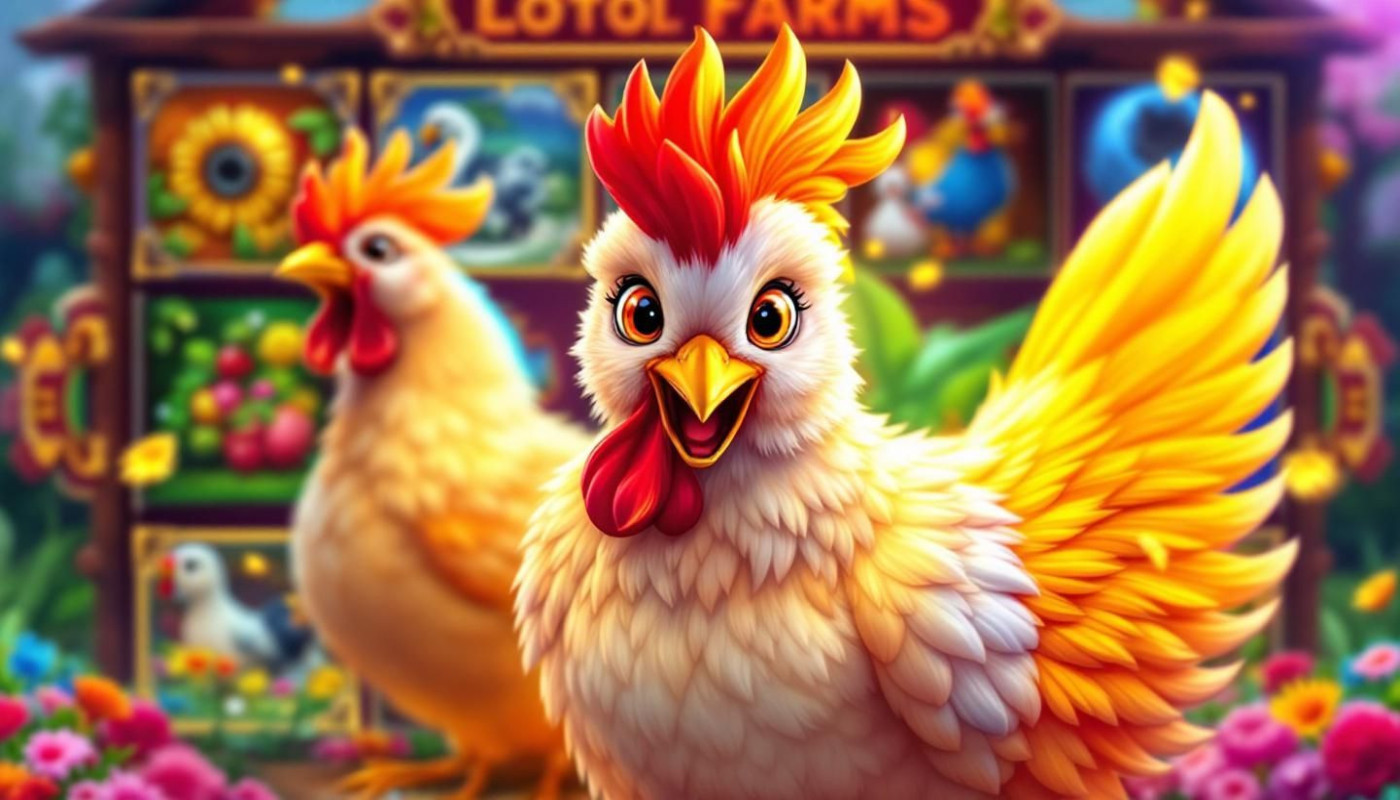Table of contents
In the high-stakes world of competitive gaming, the introduction of game updates can have a profound influence on the landscape of esports tournaments. Picture a carefully calibrated ecosystem, where each participant's performance is finely tuned to the game's mechanics. Now, imagine the ripple effects when an update alters those mechanics, sometimes subtly, other times dramatically. This thought-provoking topic beckons enthusiasts and analysts alike to delve into the myriad ways game updates can not only shift strategies and player performance but also potentially decide the fate of tournaments. What does it mean for the integrity of the competition? How do teams and players adapt to these sudden changes? And what is the role of game developers in maintaining a fair competitive environment? These questions are at the heart of this exploration, which promises to uncover the nuanced relationship between game updates and esports outcomes. Join this intellectual journey, as we dissect the impact of these updates and their undeniable significance in shaping the competitive landscape.
Understanding the Esports Ecosystem
The esports ecosystem is a complex network comprising players, teams, developers, and tournaments, each playing a pivotal role in the sustenance and growth of competitive gaming. Within this dynamic environment, game updates emerge as a significant factor that can influence the competitive landscape. These updates can introduce new elements to a game or tweak existing mechanics, potentially disrupting established strategies and necessitating player adaptation. The timing of these updates is vital, especially when they occur close to major tournaments, as they can drastically alter the status quo of the "meta," forcing teams to quickly reassess their tactics and approach to the game. A leading esports analyst could provide deeper insights into the nuances of how game updates interact with tournament structure and the challenges they pose to consistent performance. The ability of players to adapt to these changes often distinguishes the good from the great, impacting tournament outcomes and the overall spectacle of esports events.
Impact of Updates on Game Balance
Game updates often bring significant changes to the competitive landscape of esports. These updates can shift game balance, sometimes radically altering the effectiveness of certain playstyles or characters. In the world of competitive gaming, this can lead to what is known as "patch winners" and "patch losers." Patch winners are players or teams whose favored tactics or characters have been enhanced by the latest changes, thereby gaining an edge in tournaments. Conversely, patch losers find their well-honed strategies or preferred characters weakened, placing them at a disadvantage.
To understand the intricacies of these updates further, insights from professional game balancers or developers can be invaluable. These experts strive to maintain an equilibrium where no single playstyle or character overshadows others, ensuring a fair and competitive environment. However, achieving perfect game balance is an ongoing challenge. The technical terms "nerf" and "buff" are often used to describe these balance adjustments. A nerf weakens a particular aspect of the game, such as a character's abilities, to reduce its dominance. A buff, on the other hand, strengthens aspects to make them more viable in the competitive scene. The careful application of nerfs and buffs is pivotal to maintaining game balance and, by extension, the integrity of esports tournaments.
Adaptation Strategies for Players and Teams
In the dynamic realm of esports, adaptation strategies are pivotal for maintaining a competitive edge following game updates. Teams and players must often re-evaluate their team composition in response to the changes, as certain characters or roles may become more or less viable. These adjustments can lead to significant strategy alterations that take advantage of the new game mechanics. Intensifying practice sessions becomes paramount for teams aiming to familiarize themselves with the nuances of the update. Scrimmages, or practice matches between teams, serve as a practical avenue for players to test new strategies and refine their gameplay collaboratively.
The adaptability of teams is a key factor in their success post-update, with the most successful squads being those that can quickly learn and implement new strategies. A seasoned esports coach can offer invaluable insights into how a team can optimize their esports training to accommodate the latest updates. The coach's expertise can guide players through the transition, ensuring that the team's performance remains at its peak. For those seeking to understand the importance of adaptability in esports and the impact of updates on the competitive landscape, these details provide an informative look into the most popular titles in the scene.
The Developer's Responsibility in Tournament Fairness
In the realm of esports, the responsibilities of game developers extend far beyond the initial release of a title. The timing and nature of game updates can significantly influence competitive fairness within tournaments. Developers are tasked with the delicate balance of evolving their games to keep them fresh and engaging, while also maintaining a stable environment that does not disadvantage players due to abrupt changes. Strategic update timing is vital, particularly when conducting adjustments before major competitions, to allow players adequate time to adapt to new dynamics.
Moreover, developers must judiciously implement "hotfixes" - small, immediate updates designed to rectify urgent issues without disrupting the overall balance. These quick interventions are indispensable for addressing unforeseen bugs or exploits that could otherwise compromise the integrity of a tournament. By consulting with veteran game developers and esports tournament organizers, we can gain insights into the complexities of ensuring competitive fairness amidst the continuous evolution of games. Balancing these aspects is not just a technical challenge but a commitment to the spirit of fair competition that is at the heart of esports.
Long-Term Consequences of Frequent Updates
The evolution of esports is marked by frequent updates which can have profound long-term effects on the competitive landscape. Constant patches and new content releases can shape player careers, altering the skill sets that are in demand and necessitating continual adaptation. This can lead to a sort of Darwinian career trajectory, where only the most versatile and quick-learning players thrive. As the meta-game shifts, so too does the opportunity for new champions to emerge, potentially eclipsing veterans who may struggle to keep pace with the evolving strategies and mechanics.
Audience engagement is another arena greatly influenced by these updates. Fans become invested in not only the players and teams but also the stability and familiarity of the game itself. With each update, the game they know can change, which can be both exciting and disorienting. It challenges audiences to stay informed and adapt alongside their favorite competitors. This constant flux, while it keeps the content fresh, can also make historical comparison difficult. With the game in a state of perpetual evolution, comparing the achievements of players across different eras becomes complicated, as they may essentially be playing different versions of the same title.
To understand the full extent of these impacts, insights from an esports historian or a long-standing community figure can be invaluable. They can provide context for how the scene has changed over time and what that means for the preservation of its history. Additionally, the phenomenon of 'power creep' is a noteworthy point of discussion. This technical term describes a situation where new content introduced into the game becomes more powerful or useful than the existing content, potentially disrupting game balance and historical benchmarks. This can lead to older strategies and playstyles becoming obsolete, further complicating the legacy of long-standing teams and players. Careful analysis is required to explore the nuances of these dynamics and their repercussions on the esports industry.
Similar articles

Exploring The Benefits Of White Label Casino Platforms

Free Spins And Deposit Bonuses Explained For Chicken Road 2

How Collecting Virtual Carrots Teaches Risk Management?

Exploring The Popularity Of Animal-Themed Slot Games In Online Casinos

Responsible Gaming Tips When Playing High-Stake Casino Games

Understanding The Rules Of Chicken Crossing In Online Casinos

The Ultimate Guide To Mastering Risk In Digital Games

How Secure Are Online Gaming Platforms On Instant Messaging Apps?

The Ultimate Guide To Online Casino Payment Options

